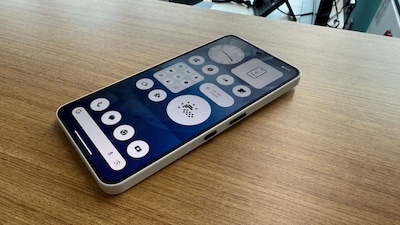Nothing Confirms Bloatware Is Coming To Mid-Range Phones
Nothing has confirmed it will begin including pre-loaded third-party apps on some of its mid-range smartphones, marking a significant shift from its founding principle of a clean Android experience.
Key Takeaways
- Nothing OS 4.0 beta introduces pre-loaded partner apps on mid-range devices like Phone 3a.
- The company cites rising production costs and the need for new revenue as reasons.
- Users are expressing disappointment as this contradicts Nothing’s original brand promise.
The announcement was made via a community post detailing the Nothing OS 4.0 beta rollout for the Phone 3 and Phone 3a series. The post stated, “Moving forward, on select non-flagship devices, we’ll start including a carefully considered selection of third-party partner apps and services that don’t disrupt the Nothing OS experience you love.”
This change has been met with significant backlash from the community, who valued Nothing’s commitment to a bloatware-free interface.
What Changes Are Coming?
The new policy will affect Phone 3a models and potentially future mid-range phones from Nothing and its sub-brand CMF. The additions include:
- Pre-loaded apps: A curated list including apps like Instagram and Netflix.
- Lock Glimpse: A third-party wallpaper feature that will be disabled by default in settings.
Nothing assures users that the partner apps will be minimal and removable. The company promises transparency about which apps are pre-installed and why, and says users will have full control over the Lock Glimpse feature.
Why Is Nothing Adding Bloatware Now?
Nothing explains the move is necessary to manage the high bill of materials (BOM) cost of phone production. The company claims it needs revenue from pre-loaded app partnerships to sustain its business, pointing out that even established players like Samsung follow this model for mid-range devices.
This rationale highlights a challenging reality for newer brands in a competitive market. Without the deep pockets of larger tech firms and relying on Series A/B funding, Nothing feels it must adapt to survive.
However, this pivot is particularly striking for a brand that built its identity by criticizing the very industry practice it is now adopting. Long-time supporters who invested in Nothing for its pure Android experience are expressing their disappointment, feeling the company is backtracking on its core promise. The long-term impact on the brand’s reputation remains to be seen.





